Hot Time in the Old Town: Raising Hell at Helena's "Montana Club"
Those who received the invitation must have felt a little thrill upon seeing it. Printed in a lurid red, it begins with "BEWARE!!!" before going on to depict a hellish scene: a skeleton walks, or rather dances, an infernal landscape complete with a serpent, a dragon, what would appear to be some kind of diabolic leopard, and even a floating skull. But if you look at the skeleton's face, you'll find it's smiling. Laughing, even.
The invitation also reads "There will be a Hot Time in the Old Town Tonight" and adds, "Warmer Than Last Year."
The invitation was for the second annual Smokers' Concert, 1898. The tradition of the annual party would continue for years, as would the lurid invitations - just look at this one, advertising the annual Men's Hi-Jinks with an image both shockingly risque and decidedly Western-themed, what with the inclusion of the anthropomorphic deer.
The use of "smokers" may have been ironic, as the club had burned to the ground only a few years before, and the Smokers series only began after they erected a new building on the spot.
The original building was designed by the famous architect Cass Gilbert, who also designed the United States Supreme Court building. The impressive, five-story construction contained multiple dining rooms, private rooms, and offices and was called "the most sumptuous building ever erected in Montana."
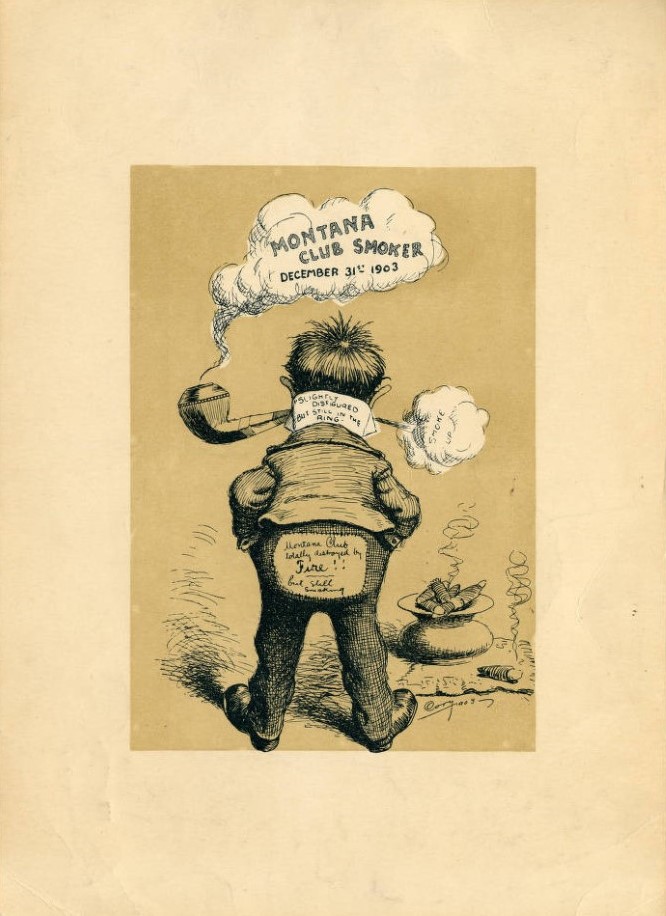
But Helena's Montana Club was not the first of it's kind. Rather, that was the Cheyenne Club in Wyoming. Nor was the Cheyenne Club the first gentleman's club, as that tradition went back hundreds of years in Europe. But where the clubs in Paris and London catered to the gentry, the Cheyenne Club served a different sort. No less wealthy, however, and in many cases moreso, were men who attended the Cheyenne Club were the movers and shakers of American late 19th-century, the principal figures if not always authors of one of the biggest economic booms in the history of the continent.
As writer and historian Christopher Knowlton wrote of the Cheyenne Club, the idea "comes as something of a shock to historians of the era to discover... [cattlemen] dressing for dinner in black tie, smoking Cuban cigars, and quaffing French champagne and grand cru vintages," but during the open range cattle boom of the post-Civil War years cattlemen were some of the richest people in the world, which, in turn, attracted more rich investors. The cowboys could have their beans, beef steaks, and watered-down whiskey in the saloon, but the cattlemen would enjoy haute cuisine and exotic liquor in their own exclusive and luxurious society.
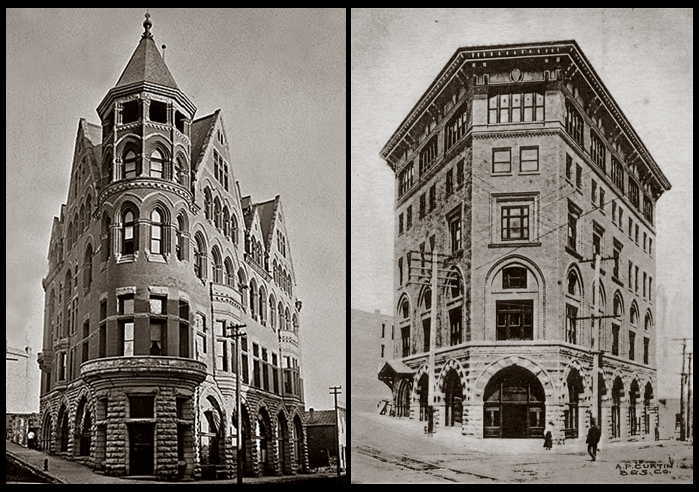
While Cheyenne may have served as the capital of that wealth, regional imitators sprung up wherever wealth and cattle concentrated, including the Denver Club and the Montana Club. While not quite as opulent as the Cheyenne Club, the Montana Club was remarkably posh. It towered over the landscape at five stories tall, had luxurious stone arches, and served only the finest cuts of American beef, including pieces of steak only fairly recently made popular by the inventors of the steak as we know it today, Delmonico's in New York. Upstairs, there were handsome stained -glass scenes of western progress and Montana history, like homesteaders, log cabins, Native-Americans, a stage-coach, and a gold miner.
Sadly, no boom can last, and the Cheyenne Club would fall into disuse after the "Big Die Up," the disastrous winter of 1886-1887 that would see the deaths of as many as 5.7 million head of cattle and drive a nail into the coffin of the open range cattle years. After the Big Die Up, many cattlemen divested in disgust from what had once been an almost sure-fire business. And then the invention of barbed wire, and increasing numbers of homesteaders cutting up the open plains into smaller and smaller parcels of land would change the cattle industry in America. While it would recover, and beef would remain a staple in our diet even today, the world of the cowboy driving cattle over thousand-mile trail drives would be replaced by a more orderly, centralized system of ranches that were easier to maintain with fewer hands. Thousands of cowboys went without jobs in the years following that disastrous winter.
And then the disastrous Johnson County War finished off the ailing Cheyenne Club entirely, but that's a story too big to tell here.
Badly staggered, Cheyenne would never recoup its losses, and the Cheyenne Club building housed the Chamber of Commerce before being, finally, demolished.
The Montana Club persisted where its forebear fell - even after arson burned the club's edifice nearly to the ground.
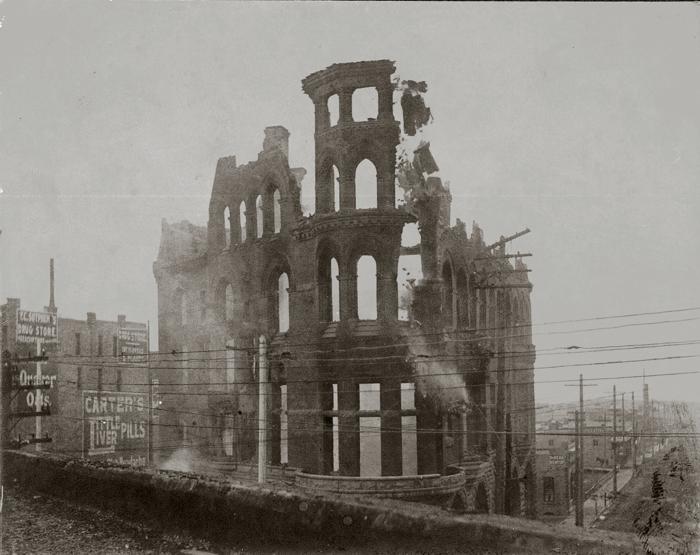
Source: Montana Club Facebook Page
The fire was set by a 14-year-old elevator boy, the son of one of the Club's employees. The boy was named Harry Anderson. He was what modern parlance calls a pyromaniac: or rather, he liked to see all of the firemen and their horses come to the hotel. He thought it was rather grand, and, industrious boy that he was, enjoyed starting small fires so that all the wonderful horses and firemen would come to the hotel and give them all a show.
Perhaps as a sign of their generosity, the Club members apparently allowed the boy's father to work at the new club as well although, presumably, the son had to look elsewhere for employment.
Undeterred, the rich cattlemen and town fathers made immediate plans to build another club. The club would host many of the notables of the time, including Teddy Roosevelt (himself a cattleman, though largely failed) and Mark Twain, who was once the guest of honor for an evening. But still no women - a rule that would only be reconsidered for the New Years' Eve celebration of 1915. After that, women could eat and drink with the boys.
Visitors to the Montana Club today might find one detail of its walkway curious - it is prominently decorated with what appear to be swastikas.
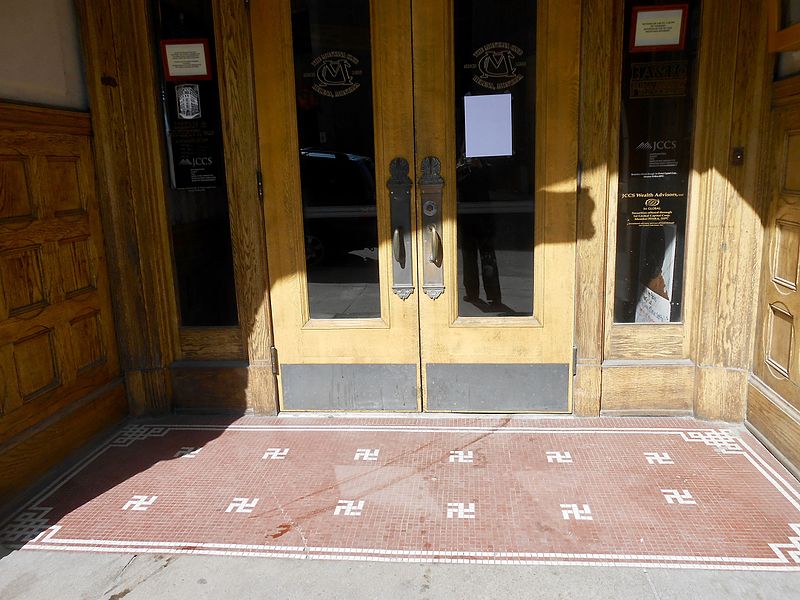
But the swastika at the time of the second Montana Club's creation (well before World War 2 - or World War 1, for that matter) was a symbol of good luck and love well-known to Tibetan, Turkish, and Greek culture. It was formed of two greek crosses, with the ends "bent" like a windmill. It was also, coincidentally, a symbol used by various Native-American tribes, including the Hopi and Navajo. It was only until the mid-1930s when the National Socialist Party of Adolf Hitler chose the symbol to represent the Nazi party that the presence of swastikas at the Montana Club proved controversial. Rather than remove the swastikas, and by extension, efface one of the original features of the historic club, the present Montana Club has opted to put in a plaque explaining the presence of the symbols.
Today the Montana Club is no longer the exclusive playground of the Treasure State's wealthiest denizens. Now it is open to everyone, so even plebians like us can go and enjoy a stiff drink and a great piece of beef in a palatial setting deemed fit for millionaires. We may not be cattle barons or captains of industry, but at least we can eat like them.
Zoom in below to see some of the original patrons of the Montana Club in their swankiest attire:
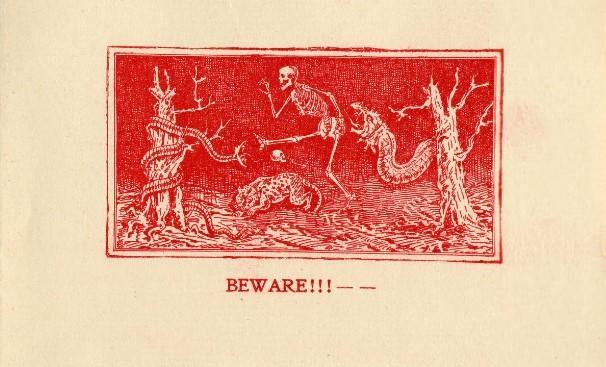
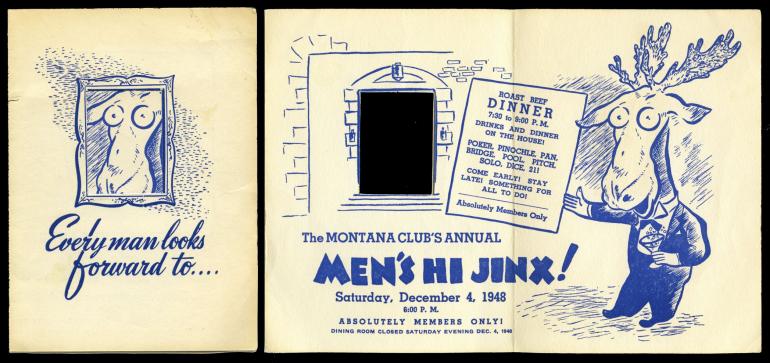
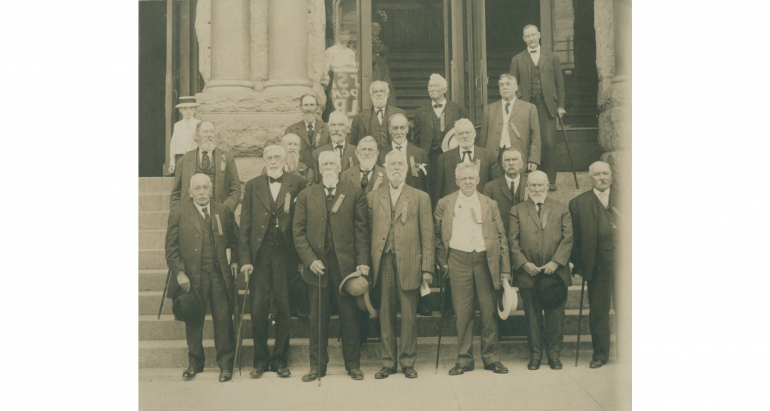
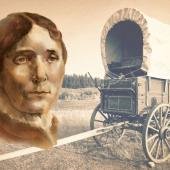
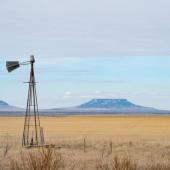


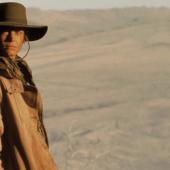
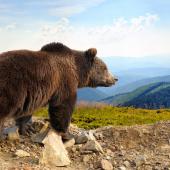
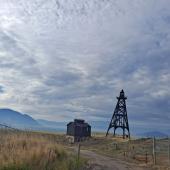


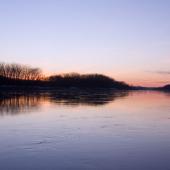
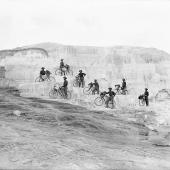
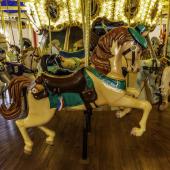
- Reply
Permalink